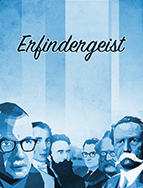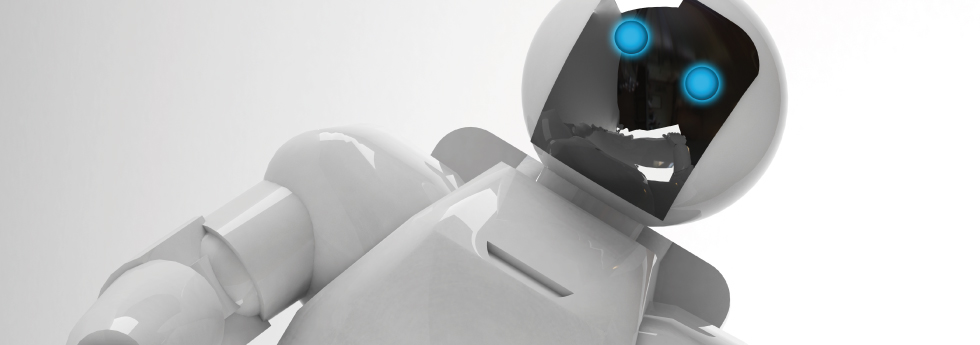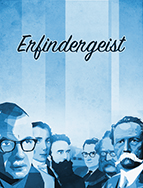

Inventions
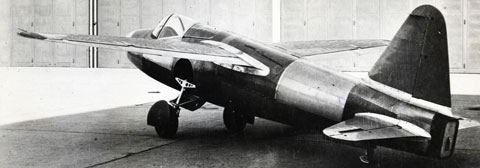
Made in Germany
Germany has always been a land of tinkerers and inventors. Find out about 14 inventions from Hamburg to Munich.Hamburg, 1969
Virtually everyone carries some with them all the time: one or several chip cards. Hamburg radio technician Jürgen Dethloff was the first to have the idea of storing information on cards. In 1969 he registered for a patent on his plastic card with an integrated circuit.Want to know more
 © pixabay.com
© pixabay.com 
Hamburg
Chip card
Rostock, 1939
The Heinkel He 178 was the first jet plane in the world, and much faster than the propeller-driven aircraft of the time. It was powered by a turbojet developed by physicist Hans Joachim Pabst von Ohain. Today jet planes carry more than five billion passengers worldwide. © „Ohain USAF He 178 page61“
© „Ohain USAF He 178 page61“
Rostock
Jet engine / jet plane
Berlin, 1935
Konrad Zuse, a young civil engineer, started building a programmable computing machine in 1935 in his parents’ flat. It was only the third attempt, the Z3, that was fully functional – but that makes this machine the first computer in the world, and it was the size of a wall-to-wall cupboard.Want to know more
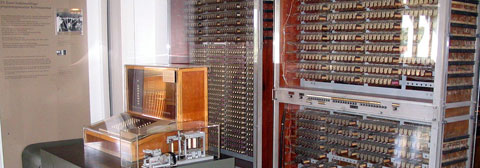 © CC BY-SA 3.0
© CC BY-SA 3.0
Berlin
Computer
Leipzig, 1650
In 1605, the first weekly paper in the world was published in Strasbourg, which was part of Germany at the time: the “Relation”. Before long new newspapers were popping up everywhere. The Thirty Years War was taking place in Europe, and people wanted to know what was happening far away as quickly as possible. On 1st July 1650, Leipzig book printer Timotheus Ritzsch was granted authority by the king to publish a newspaper six times a week. His “Einkommende Zeitungen” are considered the first daily newspapers in the world.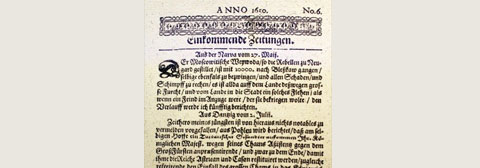 © Stiftung Saarländischer Kulturbesitz / Sammlung Deutsches Zeitungsmuseum
© Stiftung Saarländischer Kulturbesitz / Sammlung Deutsches Zeitungsmuseum
Leipzig
First daily newspaper
Wuppertal-Elberfeld, 1897
On 10th August 1897, chemist Felix Hoffmann became the first person to manufacture pure acetylsalicylic acid (ASS) in the labs at Bayer. Under the name of aspirin the new medication has become the best-known medicine in the world. More than 50 000 tonnes of aspirin are manufactured every year, which in tablet form would be equivalent to the distance from the earth to the moon – and back!Want to know more
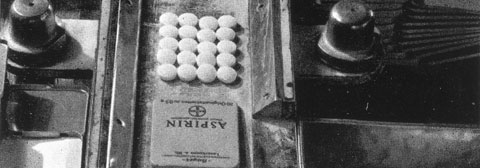 © picture alliance/akg
© picture alliance/akg
Wuppertal
Aspirin
Bonn - Bad Godesberg, 1915
Café Agner was frequented by students in 1915, and the “in” dessert at that time was cherries and cream. Josef Kellner, a pastry chef from Swabia, had a brilliant idea. “Sweet Josef”, as Keller was nicknamed, made an elaborate gateau out of a simple dessert. For this he put a sponge base underneath his cherries and cream, sprinkled chocolate shavings over the top and set off the whole dish with Black Forest kirsch liqueur. His creation has become world-famous under the name of Black Forest Gateau. © pixabay.com
© pixabay.com
Bonn
Black Forest gateau
Göttingen, 1999
Stefan Hell developed the STED microscope in 1999 in Göttingen: the new technology makes it possible to observe structures measuring just a few nanometres even in living cells and tissues. Hell was awarded the Nobel Prize in 2014 for his work.Want to know more
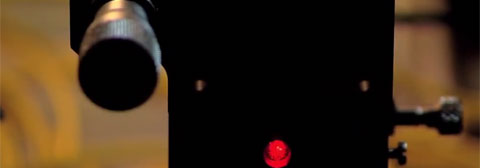 Source: Video: Stefan Hell, STED-Mikroskop
Source: Video: Stefan Hell, STED-Mikroskop
Göttingen
STED microscope
Mannheim, 1886
The first “modern” car ran on three wheels: Carl Benz applied for a patent on his motorcar on 29th January 1886. His wife Bertha took it on the first journey over a longer distance; at the beginning of August 1888 she and her two sons travelled more than 100 kilometres from Mannheim to Pforzheim and back. She bought petrol en route from the chemist’s.Want to know more
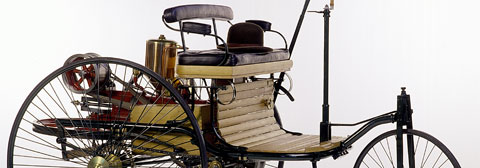 © Mercedes-Benz Classic
© Mercedes-Benz Classic
Mannheim
Car
Mainz, around 1450
Johannes Gensfleisch, known as Gutenberg, is considered the inventor of modern book printing as well as the printing press. His invention triggered a real media revolution in Europe starting in 1450, because the new process made it possible to mass-produce books. Printing is deemed one of the most important inventions of the second millennium, causing lasting changes to society, science and politics in the Renaissance.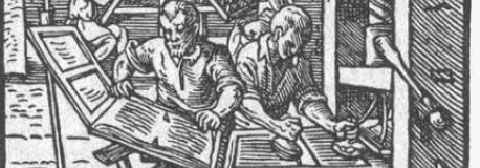 © Wikipedia
© Wikipedia
Mainz
Book printing
Waldachtal-Tumlingen, 1958
Artur Fischer, a skilled locksmith and entrepreneur, has over 1000 patents to his name – making him the most successful inventor in Germany. His best-known invention is the expansion plug. It is simpler, faster and more stable than previous systems and has become a success across the globe.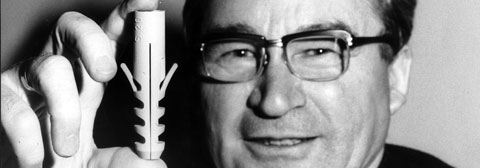 © picture-alliance/ dpa
© picture-alliance/ dpa
Waldachtal
Wallplug
Herzogenaurach, 1925
Adi Dassler had a mission: he wanted the optimum shoe for each sport. Athletes were wearing special shoes from his workshop at the Amsterdam Olympic Games back in 1928; in 1936 top athlete Jesse Owens won four gold medals wearing Dassler shoes in Berlin. The great breakthrough came in 1954, with the legendary football World Cup Final. Germany beat Hungary – who were considered unbeatable – and Dassler’s shoes with the removable studs became word-famous under the brand name ADIDAS.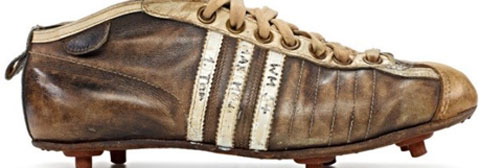 © adidas Group
© adidas Group
Herzogenaurach
Sports shoe with studs
Würzburg, 1895
Like many physicists of the time, physics professor and university chancellor Wilhelm Conrad Röntgen also experimented with a phenomenon known as cathode radiation in his laboratory. On 8th November 1895, he discovered a new kind of radiation. Its immense significance in medicine soon became apparent: for the first time it was possible to see inside a person’s body without injuring them.Want to know more
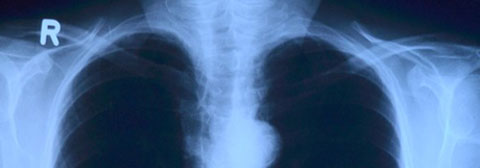 © pixabay.com
© pixabay.com
Würzburg
X-rays
Augsburg, 1897
In 1893, Rudolf Diesel was granted the patent for a new type of engine, but it wasn't until 1897 that he and the engineers at the Maschinenfabrik Augsburg (later to become MAN) were able to build a functional model. Today the diesel engine is valued all over the world as a reliable and robust means of propulsion, especially for ships, buses and trucks. © pixabay.com
© pixabay.com
Augsburg
Diesel engine
Munich, 1810
The most famous “invention” from Munich must be the Oktoberfest. Founded in 1810 as a horse-racing event to celebrate the wedding of Crown Prince Ludwig, it has evolved into the largest public festival in the world with more than 6 million visitors every year.But Munich has plenty to offer when it comes to science as well: research and teaching are very well catered for in Munich and the surrounding area with 15 universities, academies and colleges, 11 Max Planck Institutes, three Fraunhofer Institutes, four Leibniz facilities and the Helmholtz Zentrum in Neuherberg.
 © picture alliance/Ruth Botzenhardt
© picture alliance/Ruth Botzenhardt
München
Oktoberfest


